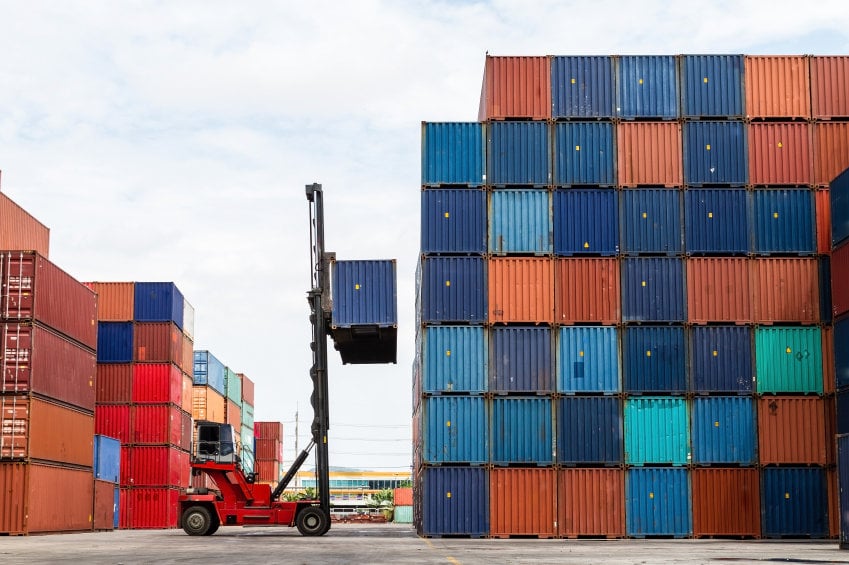Driverless vehicles are no longer just a dream from the Sci-Fi movies that we watched when we were kids. They are officially happening in our daily lives and have already become one of the biggest impacts in the history of transportation. As you may expect, it started on a smaller scale and vehicles have mostly been sesfor non-commercial use; but some brilliant minds have taken the first steps to bring this technology into logistics industry.
We understand that commercial trucks might be the last cars you want driving themselves, and of course, the term of ‘Autonomous Trucks’ doesn’t sound as exciting as driverless cars, but they could bring a lot more to the table than you can imagine. Within years, they could make roads safer, the air cleaner, and deliveries cheaper. For example, shipping a full truckload from LA to New York can cost up to $5,000 today, with labor representing 75% of that cost. On top of that, drivers are restricted by law from driving more than 11 hours per day without taking an 8-hour break. Driverless trucks can drive almost 24 hours per day, and with simple calculation, they can effectively double the output of the US transportation network at 25% of the cost.
In order to achieve these goals, four former Google engineers, including the person who built the very first self-driving car for Google, came up with an idea called ‘Otto’. Otto is a $30,000 kit that can give any truck made since 2013 the ability to drive itself. The project has started at the beginning of this year and it was completed in less than 5 months. In fact, an Otto-customized truck has already completed a driverless route for the first time in May.
European truck manufacturers have also been doing their homework. Volvo, Scania, Daimler, Iveco, DAF and MAN took part in an experiment in which self-driving trucks crossed Western Europe all the way to Rotterdam. The technique, known as ‘platooning’, was the key for this experiment. The trucks communicated with wireless technology, allowing them to brake and accelerate together. They could therefore drive much closer together, cutting down wind resistance and therefore fuel use.
All of the above developments sound promising, but what other advantages may we expect when the industry completely adopts this technology?
• Solution to Labor Shortage: As people shy away from careers in trucking, costs are rising for commercial operators and shippers. Driverless vehicles will help alleviate the driver shortage, and offer the opportunity to enhance the driver’s role.
• Increasing Safety: The technology will need to be proven before any driverless vehicle is allowed on the roads, but when it’s done, it will take away human error from the equation. Any operation involving driverless vehicles on public roads will be a part of a much larger regulation system as well.
• Less Congestion: One of the leading reasons for the heavy investment in driverless truck technology is the potential increase in transportation efficiency. Predictions that road congestion will rise in the near future creates a need to break the link between economic growth and road transport. Simply, the transport industry needs to use existing road capacity more efficiently.




